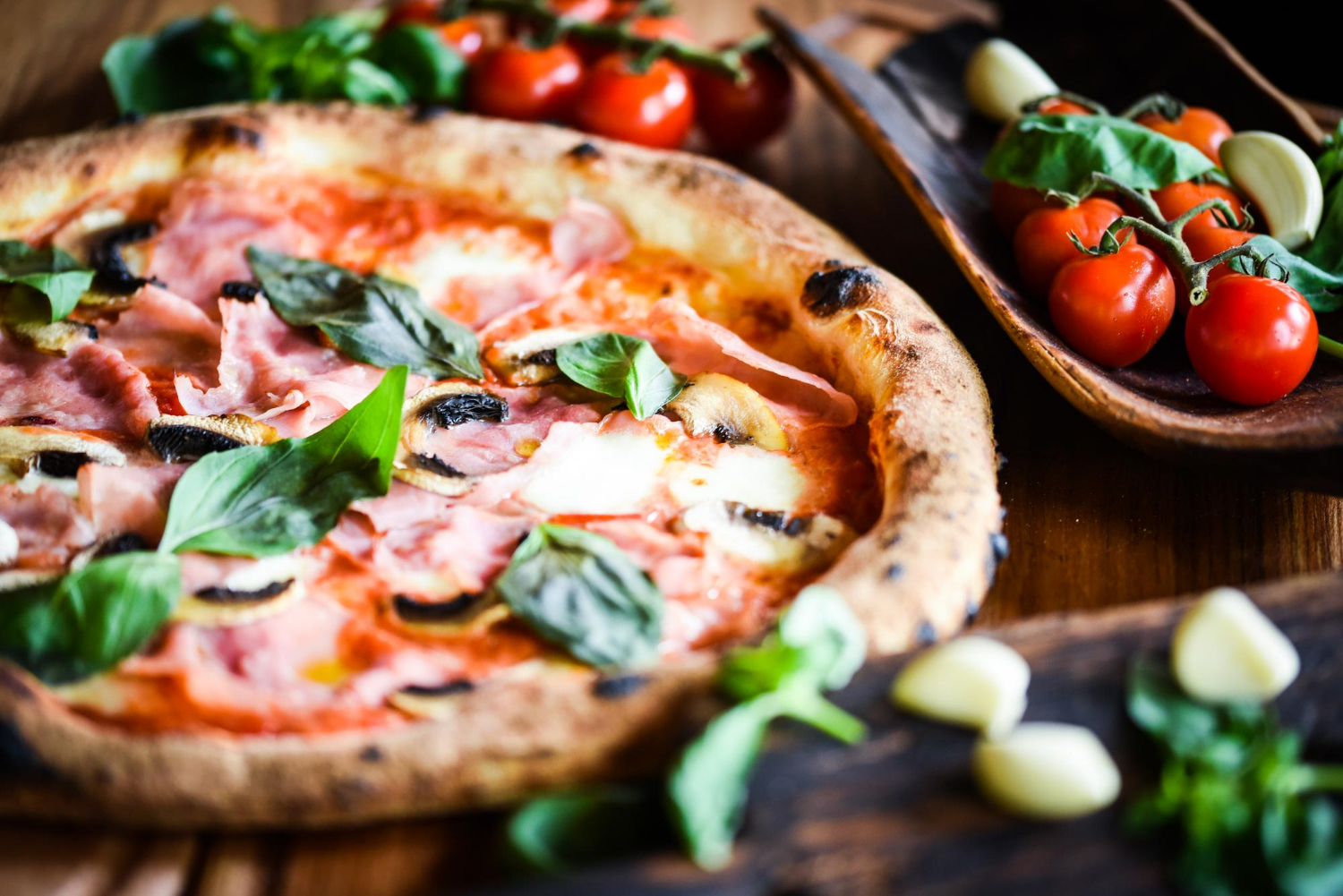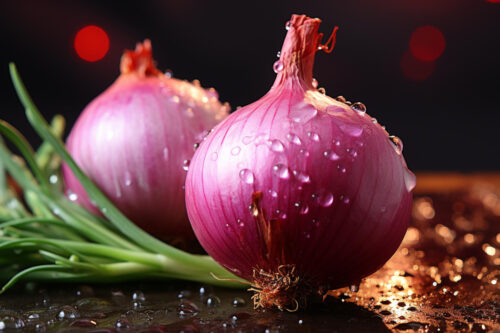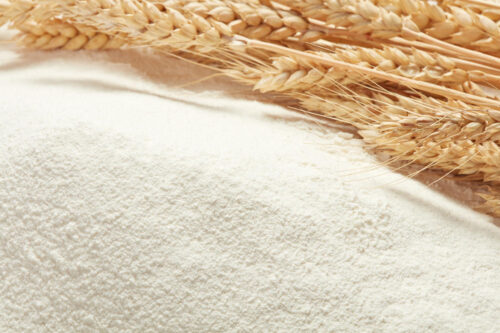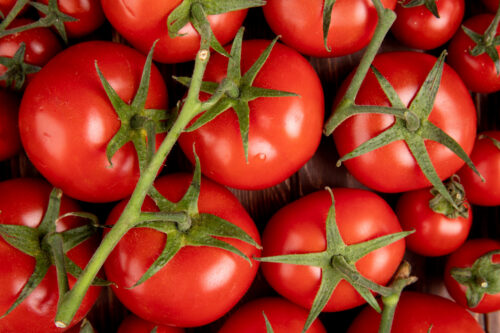Photo: Freepik
Exploring the Timeless Delight of Spaghetti Carbonara
In the realm of Italian cuisine, few dishes evoke the same level of universal adoration and mouthwatering anticipation as spaghetti carbonara. With its origins deeply rooted in the culinary heritage of Rome, this classic pasta dish continues to captivate palates around the globe with its simple yet irresistible combination of flavors.
A Culinary Legacy
While the precise origins of spaghetti carbonara remain shrouded in culinary lore, its emergence is commonly attributed to the mid-20th century in the Lazio region of Italy, particularly Rome. Some legends suggest that it was a favorite of the carbonai, or charcoal workers, who sought a hearty and satisfying meal to fuel their laborious work. Others speculate that American GIs stationed in Italy during World War II played a role in popularizing the dish, introducing locals to the magic of bacon and eggs combined with pasta.
The Essence of Simplicity
What distinguishes spaghetti carbonara is its elegant simplicity. Unlike many Italian pasta dishes that boast complex sauces and elaborate preparations, carbonara relies on just a handful of ingredients: pasta, eggs, cheese, pancetta or guanciale (cured pork jowl), and freshly cracked black pepper. The alchemy of these components creates a velvety sauce that clings to each strand of spaghetti, offering a luxurious mouthfeel with every bite.
Mastering the Technique
Central to the success of spaghetti carbonara is the technique used to marry the ingredients seamlessly. The eggs are whisked with grated Pecorino Romano or Parmigiano-Reggiano cheese, creating a luscious base for the sauce. Meanwhile, the pancetta or guanciale is crisped to perfection, infusing the dish with its smoky, savory essence. When combined with the al dente pasta, the heat from the noodles gently cooks the eggs, resulting in a creamy, emulsified sauce that envelops every forkful.
A Dish for Every Occasion
Whether enjoyed as a comforting weeknight meal or showcased as the star attraction at a festive gathering, spaghetti carbonara possesses a versatile charm that transcends culinary boundaries. Its humble yet sophisticated character appeals to novice cooks and seasoned gastronomes alike, inviting all to partake in its timeless allure.
Embrace the Tradition
As you embark on your culinary journey to master the art of spaghetti carbonara, remember to honor the tradition and heritage that have elevated this dish to legendary status. With each twirl of the fork and every savory mouthful, savor not only the flavors but also the rich tapestry of history woven into every strand of pasta.
Spaghetti Carbonara
4
servings4
minutes8
minutes131
kcalIngredients
400g (14 oz) spaghetti
200g (7 oz) guanciale (cured pork cheek) or pancetta
4 large eggs
100g (3.5 oz) Pecorino Romano cheese, finely grated
Freshly ground black pepper
Salt
2 cloves of garlic (optional)
Olive oil (optional)
Directions
- Prepare the Pasta:
- Bring a large pot of salted water to a boil. Add the spaghetti and cook until al dente, according to the package instructions.
- Prepare the Guanciale:
- While the pasta is cooking, cut the guanciale into small cubes or strips.
- Heat a large skillet over medium heat. If you like, you can add a small amount of olive oil to prevent sticking. Add the guanciale and cook until it becomes crispy and golden. Optionally, you can add the garlic cloves to the skillet for flavor, but remove them once they turn golden to avoid bitterness.
- Prepare the Sauce:
- In a medium bowl, beat the eggs and mix in most of the grated Pecorino Romano cheese. Leave a little cheese aside for serving. Season the egg mixture with a generous amount of freshly ground black pepper.
- Combine and Serve:
- Once the pasta is cooked, reserve a cup of the pasta water and then drain the spaghetti.
- Quickly add the hot spaghetti to the skillet with the guanciale. Remove the skillet from heat.
- Pour the egg and cheese mixture over the pasta, stirring quickly to create a creamy sauce. The residual heat from the pasta will cook the eggs without scrambling them. If the sauce is too thick, add a little reserved pasta water to achieve the desired consistency.
- Taste and adjust the seasoning with salt and more black pepper if needed.
- Plate and Garnish:
- Serve the pasta immediately, sprinkled with the remaining Pecorino Romano cheese and an extra grind of black pepper.

















